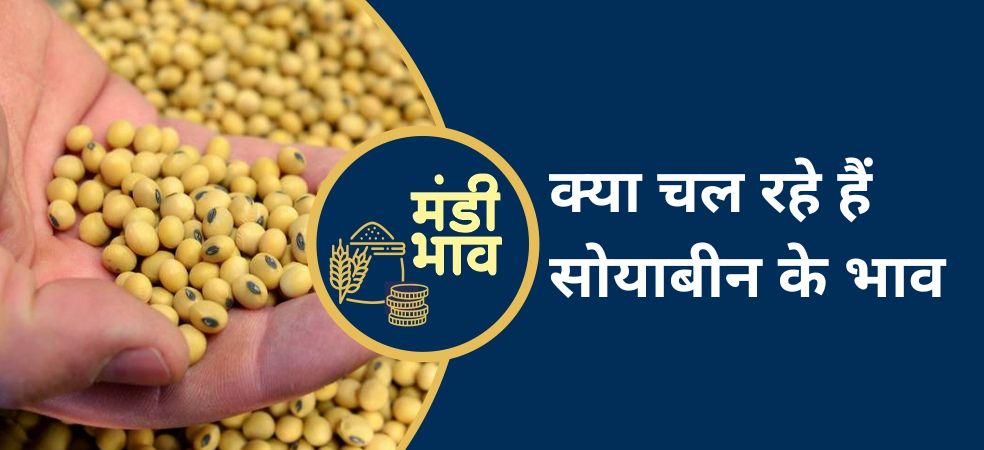In order to increase the income of the farmers, the central and state governments are promoting fruits, spices and horticulture. Many schemes are also being run for these farmers to cultivate them in large numbers. In this episode, the Madhya Pradesh government is providing mango, guava and lemon saplings to the farmers of the state on grant.
Under this scheme, 40% to 50% subsidy will be given to the beneficiary farmers as per the prescribed criteria. This assistance amount will be given in the ratio of 60:20:20. These applications are valid for the plantation of dripless plants as per the scheme. The cost of planting saplings has been fixed by the government at 60 thousand rupees, under this, 30 thousand rupees will be provided on the basis of 50% grant. Explain that this financial help being given by the government will be given on planting at least 1/4 hectare and maximum 4 hectare.
The process of applying has started from 17th August 2022. Interested farmers can apply online on the official website of the state government https://mpfsts.mp.gov.in/mphd. All the information related to the scheme can also be found on this website. If you also want to take advantage of this scheme, then apply soon without delay.
Source: Kisan samadhan
For information related to beneficial government schemes related to agriculture and farmers, read the articles of Gramophone daily. Don’t forget to share this article with your friends using the share button below.
Share










